This suburban Tokyo home takes its cues from Richard Neutra
Waro Kishi’s K Associates crafts House in Sashiogi, a family house in Tokyo’s suburbs that owes its experimental nature to visuals of Richard Neutra’s Strathmore Apartment
Shigeo Ogawa - Photography
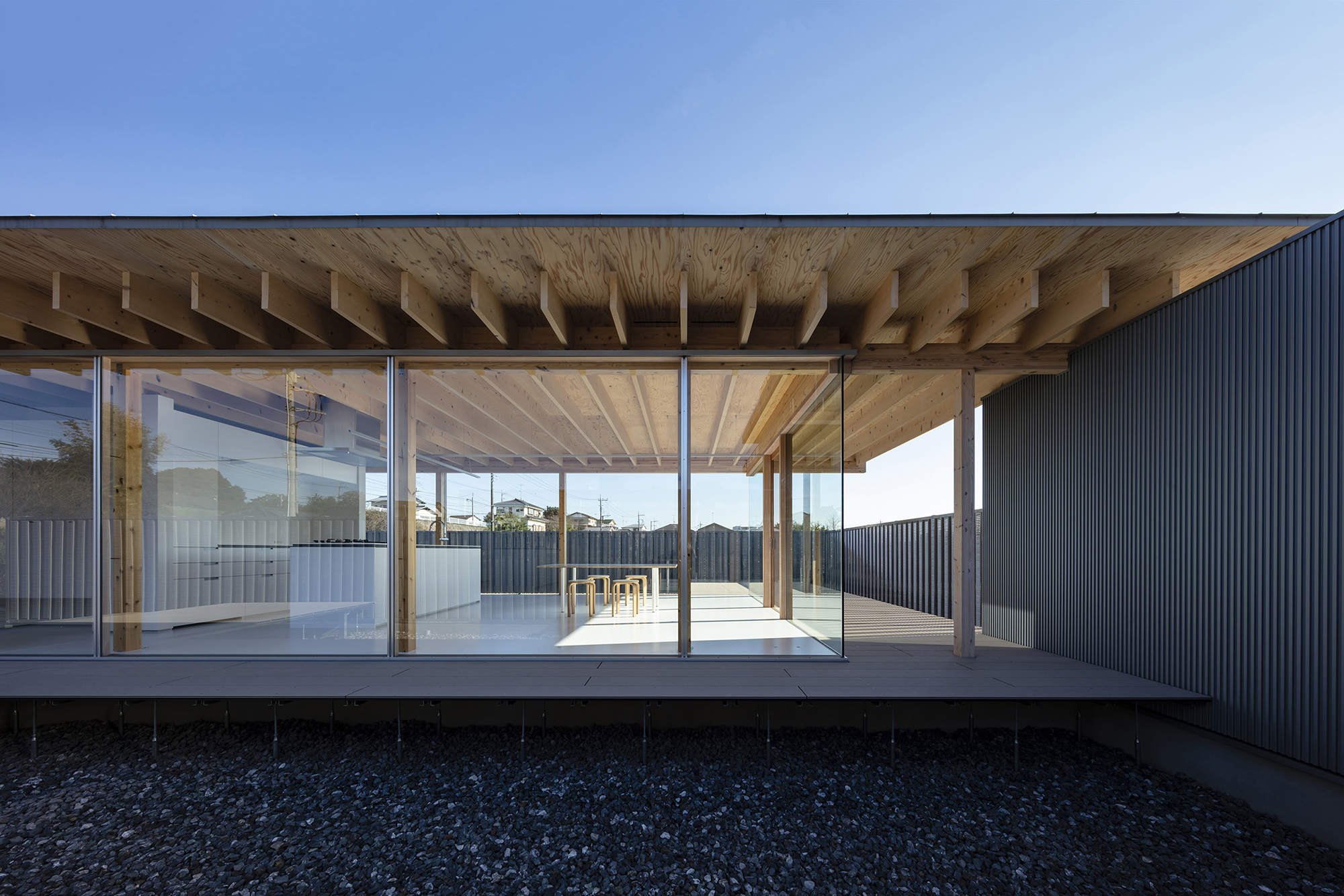
Surrounded by open fields and sparsely built suburbs, House in Sashiogi sits in the outskirts of Tokyo, the work of Waro Kishi and his Japanese architecture studio K Associates. Generously sized, on a 300 sq m plot – a comfortable site for the typical family residence in the region – this suburban Tokyo home takes its cues directly from its environment and the low, calm nature of its context. 'The immediate thought that came into my mind, when I visited the site for the first time, was that an open-plan, one-story house would be good for this environment,’ Kishi says. At the same time, it is sprinkled with flair and experimentation that nods to early modernist architecture.
Balancing the need for views with future-proofing the home – ‘Of course, the surrounding environment will go through urbanisation and rapid changes,’ says Kishi – the architecture team crafted a building that is partly open plan and transparent, and partly enclosed in a more opaque external peripheral wall made of metal sheets. This way, the flowing, bright and open living spaces inside can connect to the outdoors, offering a more flexible internal arrangement, while some parts of the house, such as bedrooms and bathrooms, can remain carefully hidden from prying eyes.
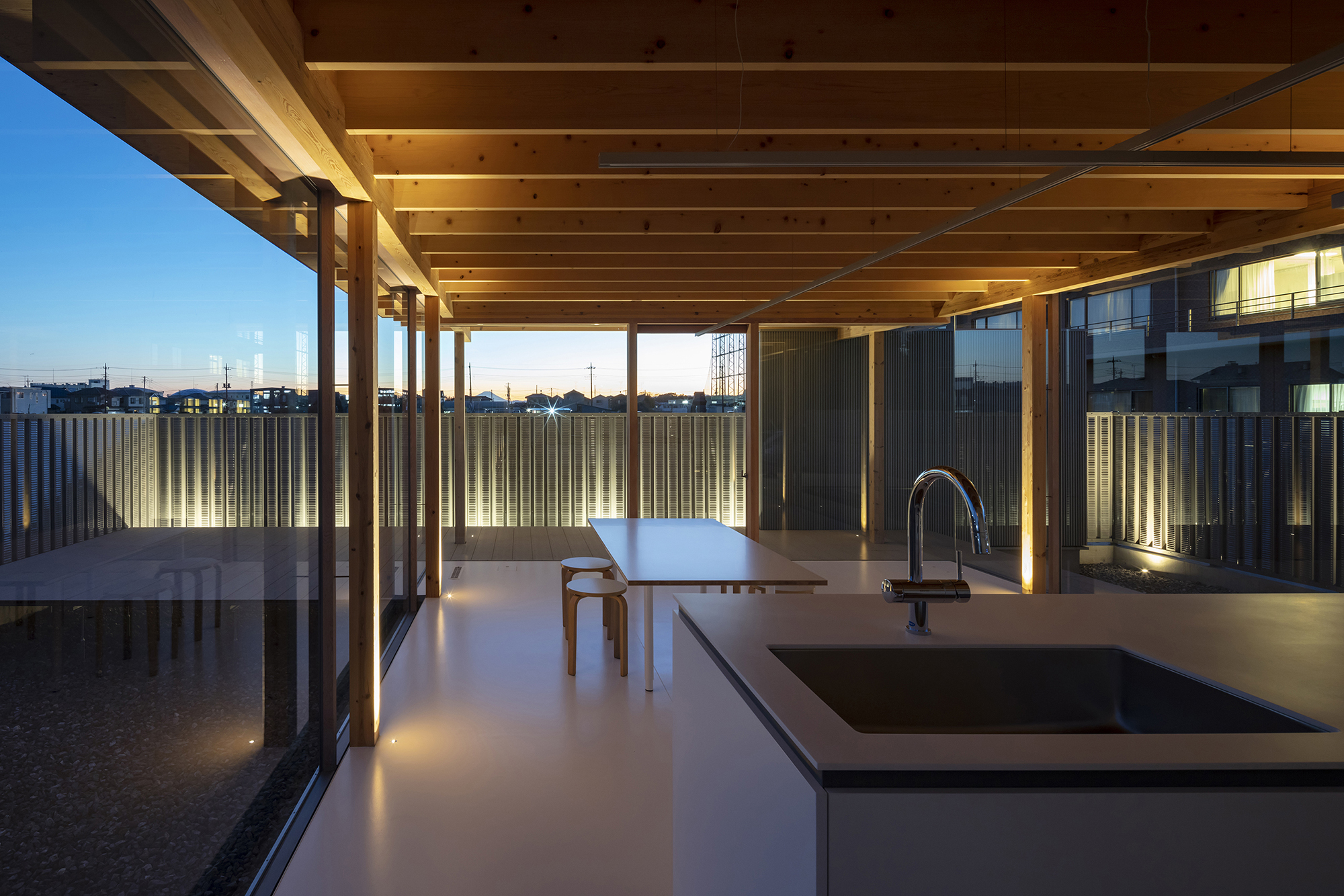
The result is a simple, low, linear structure that exudes a utilitarian, almost minimalist approach. Kishi and his team used factory-made, off-the-shelf components to design a house that is highly functional as well as cost-effective. At the same time, the interior feels luxurious in size and its potential to take in the surrounding scenery. A dramatic roof with exposed structure and pronounced, sculptural overhangs becomes a feature architectural element inside and out.
A timber frame composes the main structure, which is wrapped in glass – as the architects contrast the wood’s inherent warmth and natural feel with the coolness of industrial elements such as metal and glass. Between the house and the plot’s metal enclosure sits a sizeable outdoor space, ‘hardly a garden’, Kishi explains, which ‘will serve as a “buffer” to adapt to the future changes in the surroundings: these elements formed my concept of an open-plan architecture which is wrapped in outer layers of “double skin”’.
It all comes down to Kishi’s main source of inspiration for this well thought-out, experimental and refreshingly simple, suburban Tokyo home – Richard Neutra’s Strathmore Apartment, built in Los Angeles in 1937. ‘With this project, I dreamed of a Tokyo version of Case Study House for the 21st century, by designing an open-plan, one-story house which it was possible to build in the outskirts of Tokyo,' he says.
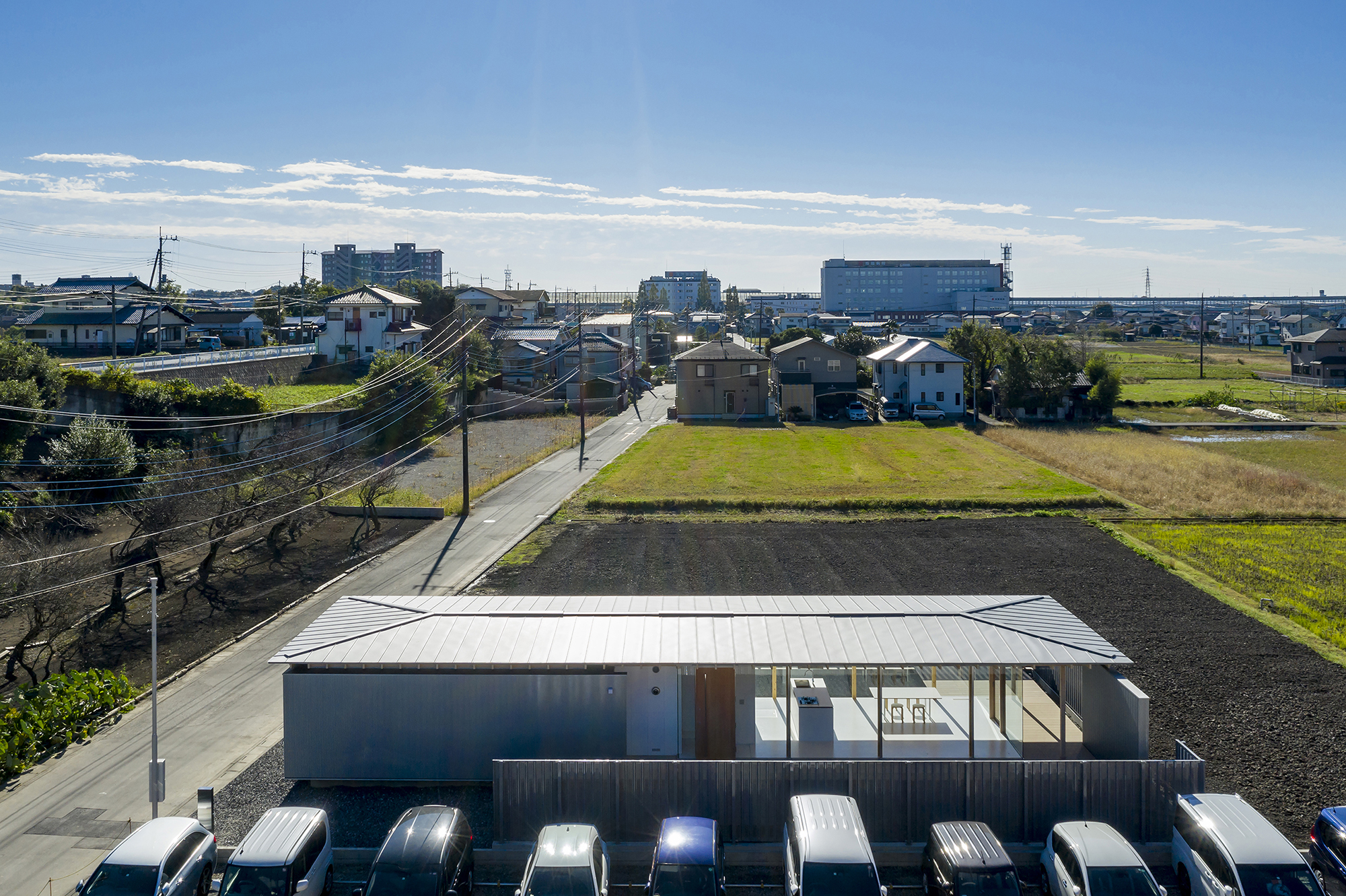
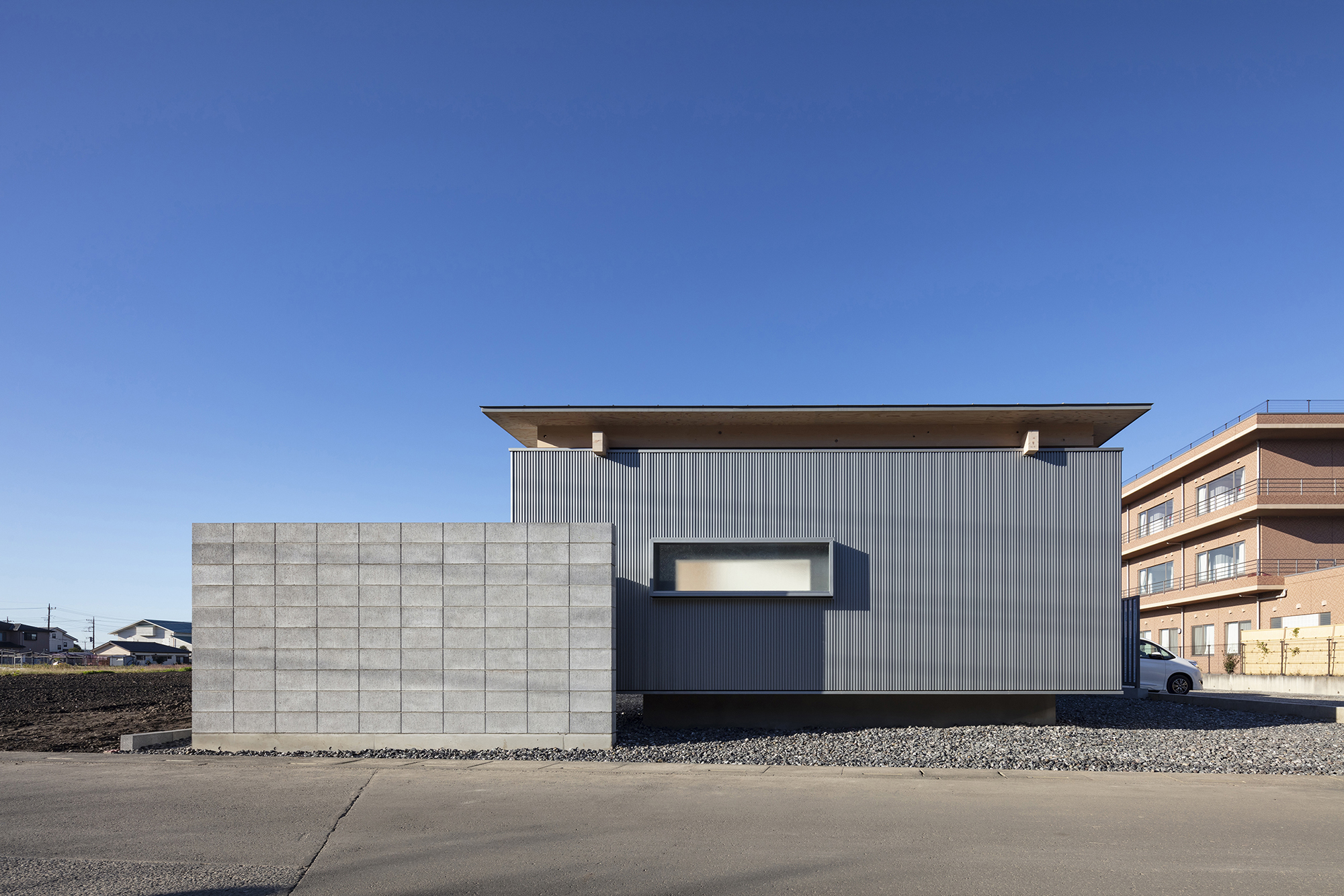
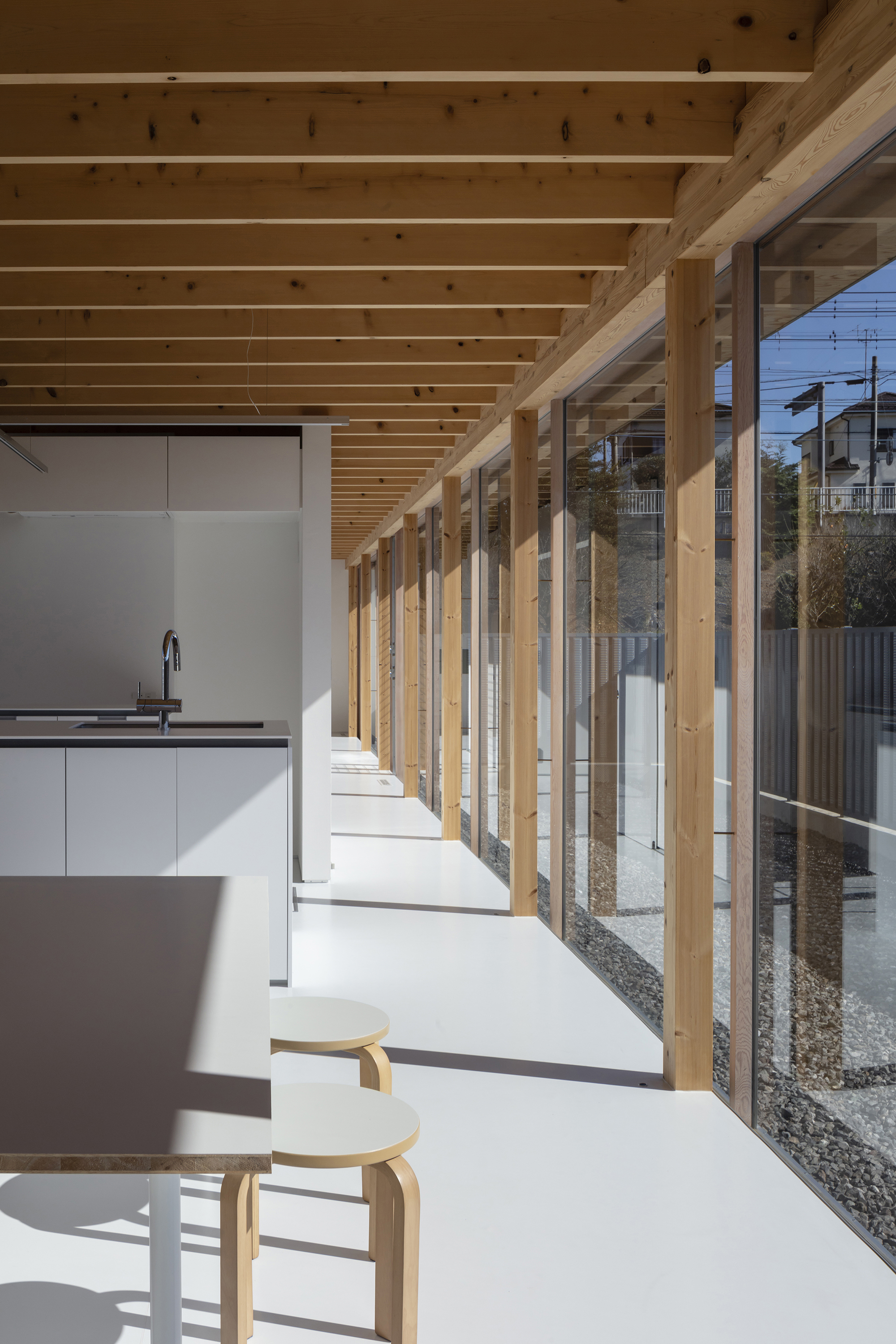
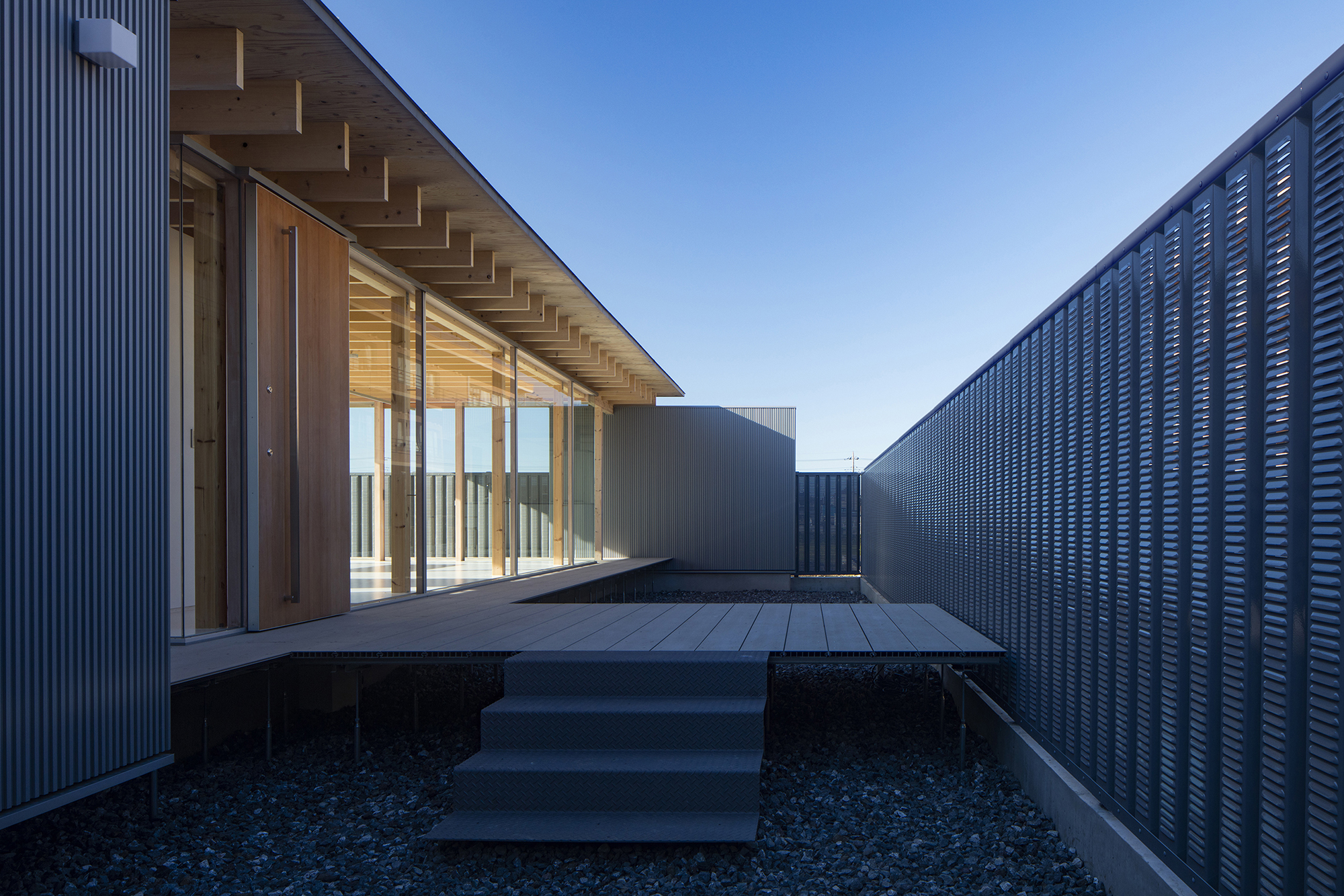
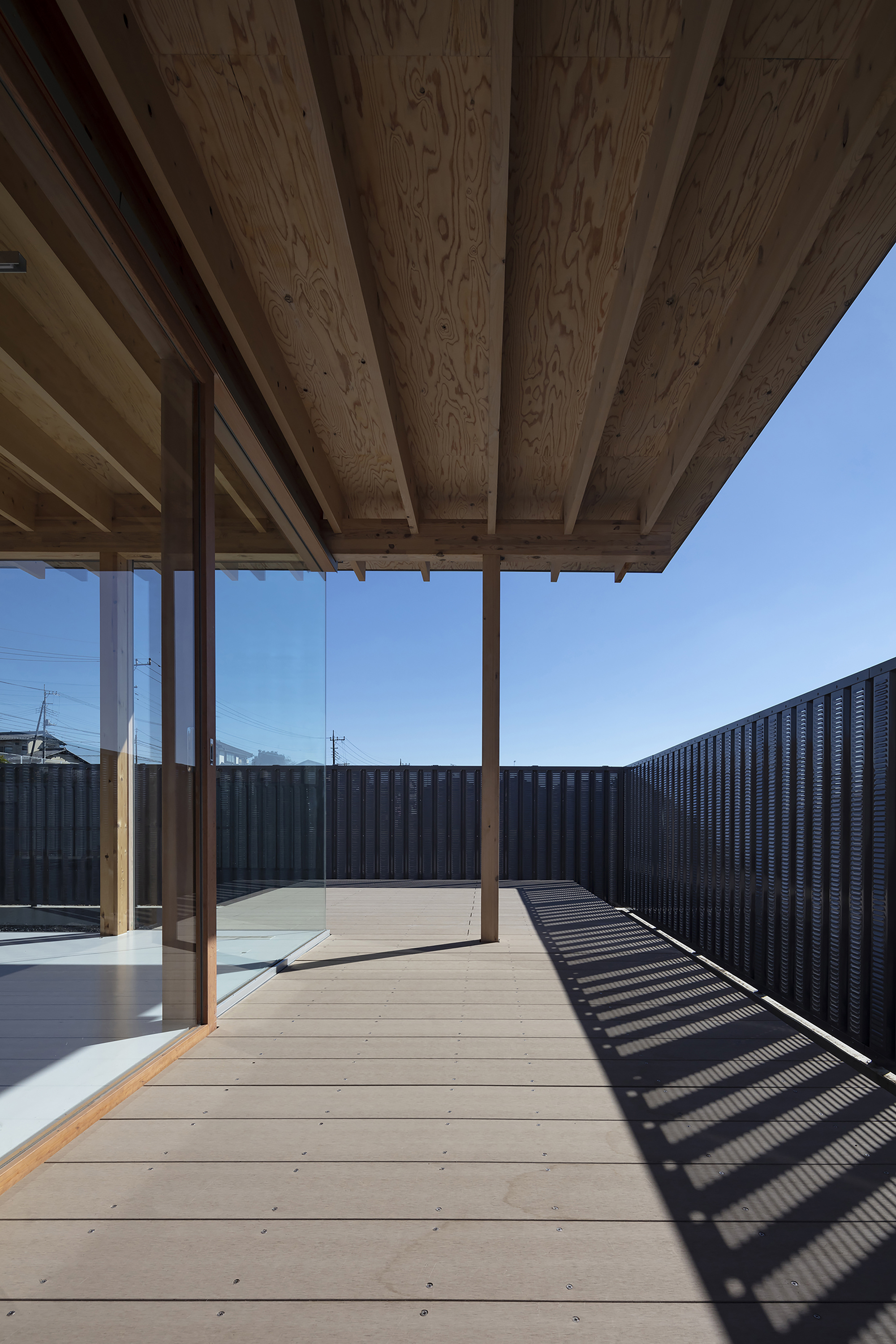
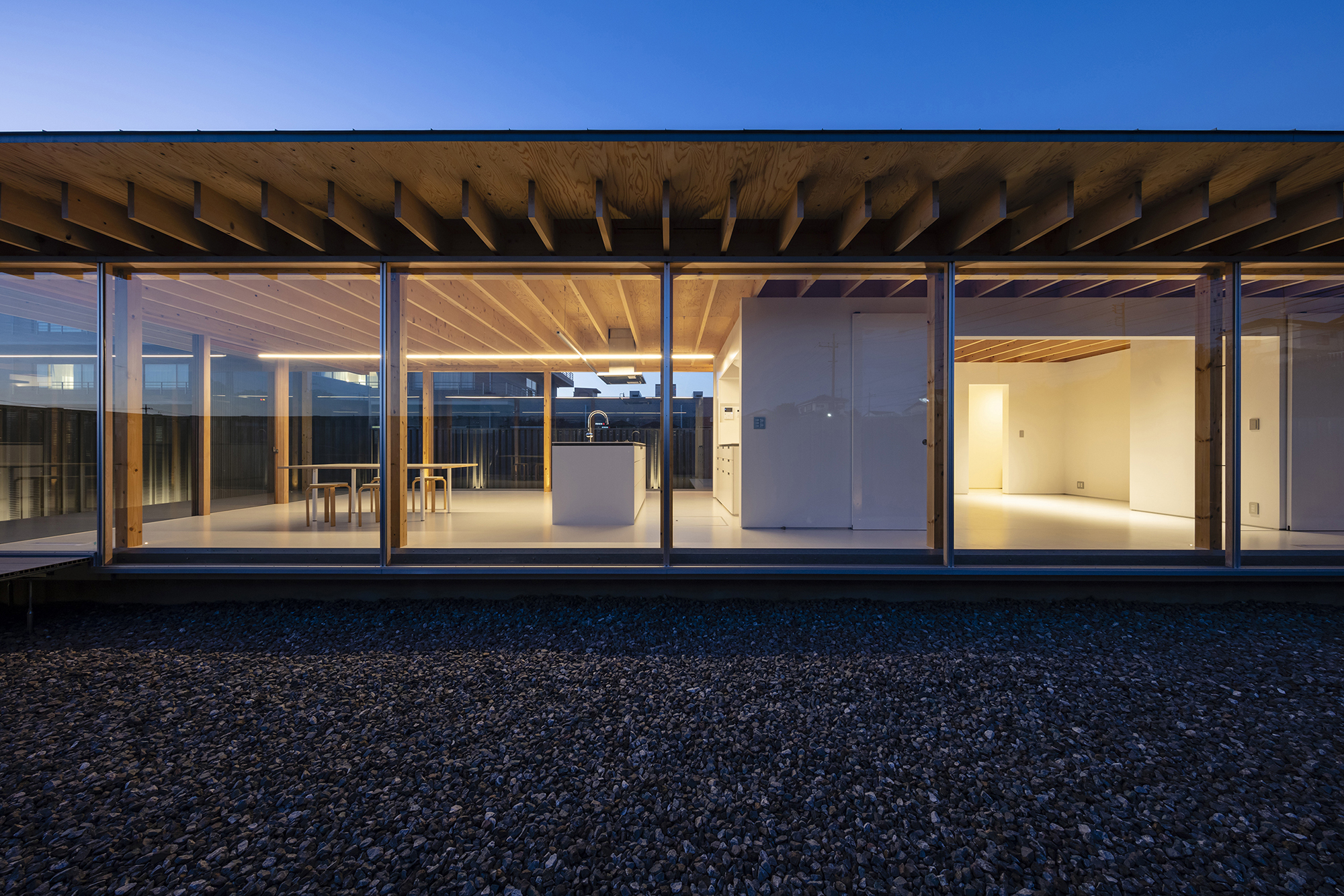
INFORMATION
k-associates.com
Receive our daily digest of inspiration, escapism and design stories from around the world direct to your inbox.
Ellie Stathaki is the Architecture & Environment Director at Wallpaper*. She trained as an architect at the Aristotle University of Thessaloniki in Greece and studied architectural history at the Bartlett in London. Now an established journalist, she has been a member of the Wallpaper* team since 2006, visiting buildings across the globe and interviewing leading architects such as Tadao Ando and Rem Koolhaas. Ellie has also taken part in judging panels, moderated events, curated shows and contributed in books, such as The Contemporary House (Thames & Hudson, 2018), Glenn Sestig Architecture Diary (2020) and House London (2022).
-
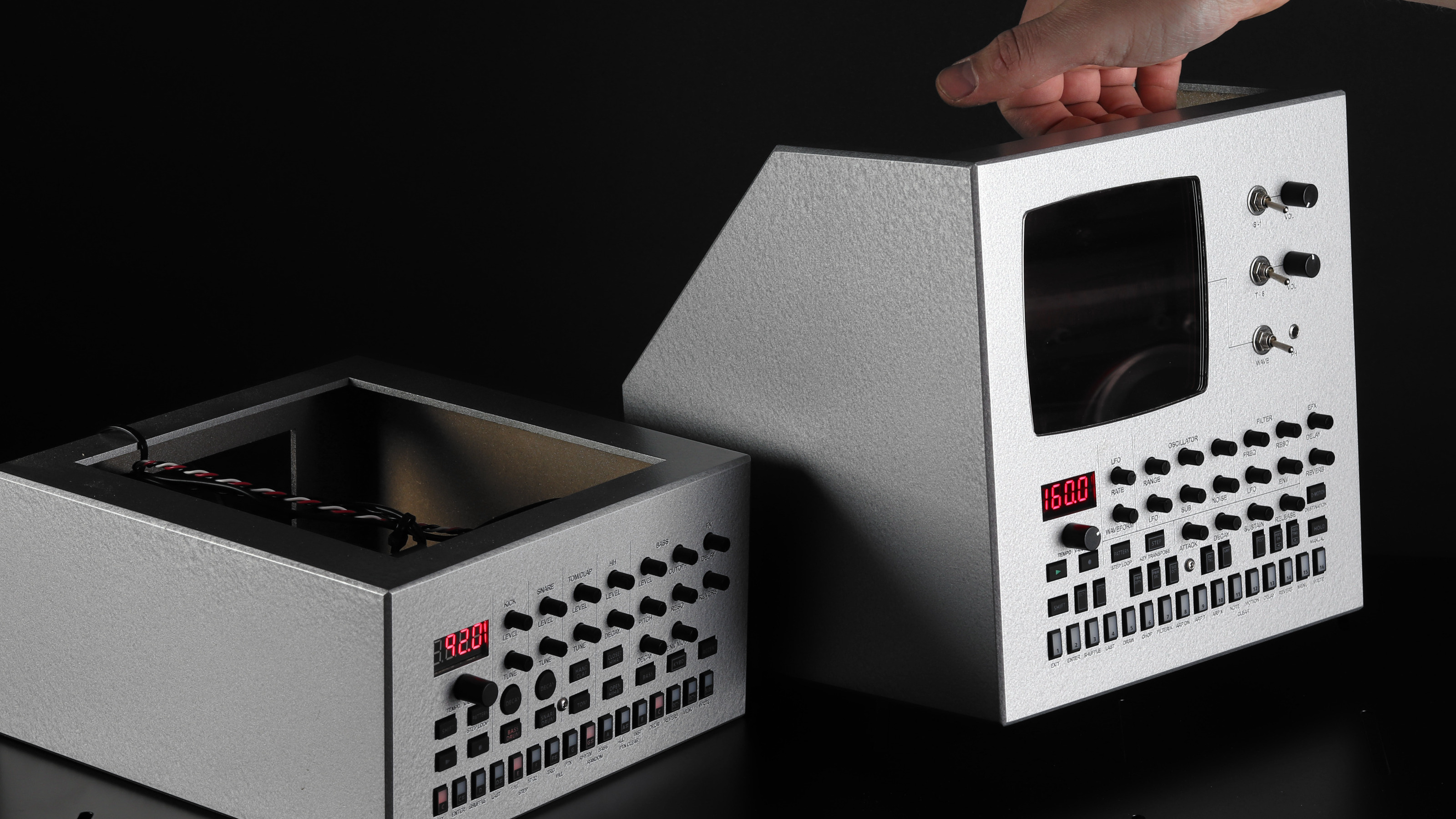 Year in Review: we’re always after innovations that interest us – here are ten of 2025’s best
Year in Review: we’re always after innovations that interest us – here are ten of 2025’s bestWe present ten pieces of tech that broke the mould in some way, from fresh takes on guitar design, new uses for old equipment and the world’s most retro smartwatch
-
 Art and culture editor Hannah Silver's top ten interviews of 2025
Art and culture editor Hannah Silver's top ten interviews of 2025Glitching, coding and painting: 2025 has been a bumper year for art and culture. Here, Art and culture editor Hannah Silver selects her favourite moments
-
 In Norway, remoteness becomes the new luxury
In Norway, remoteness becomes the new luxuryAcross islands and fjords, a new wave of design-led hideaways is elevating remoteness into a refined, elemental form of luxury
-
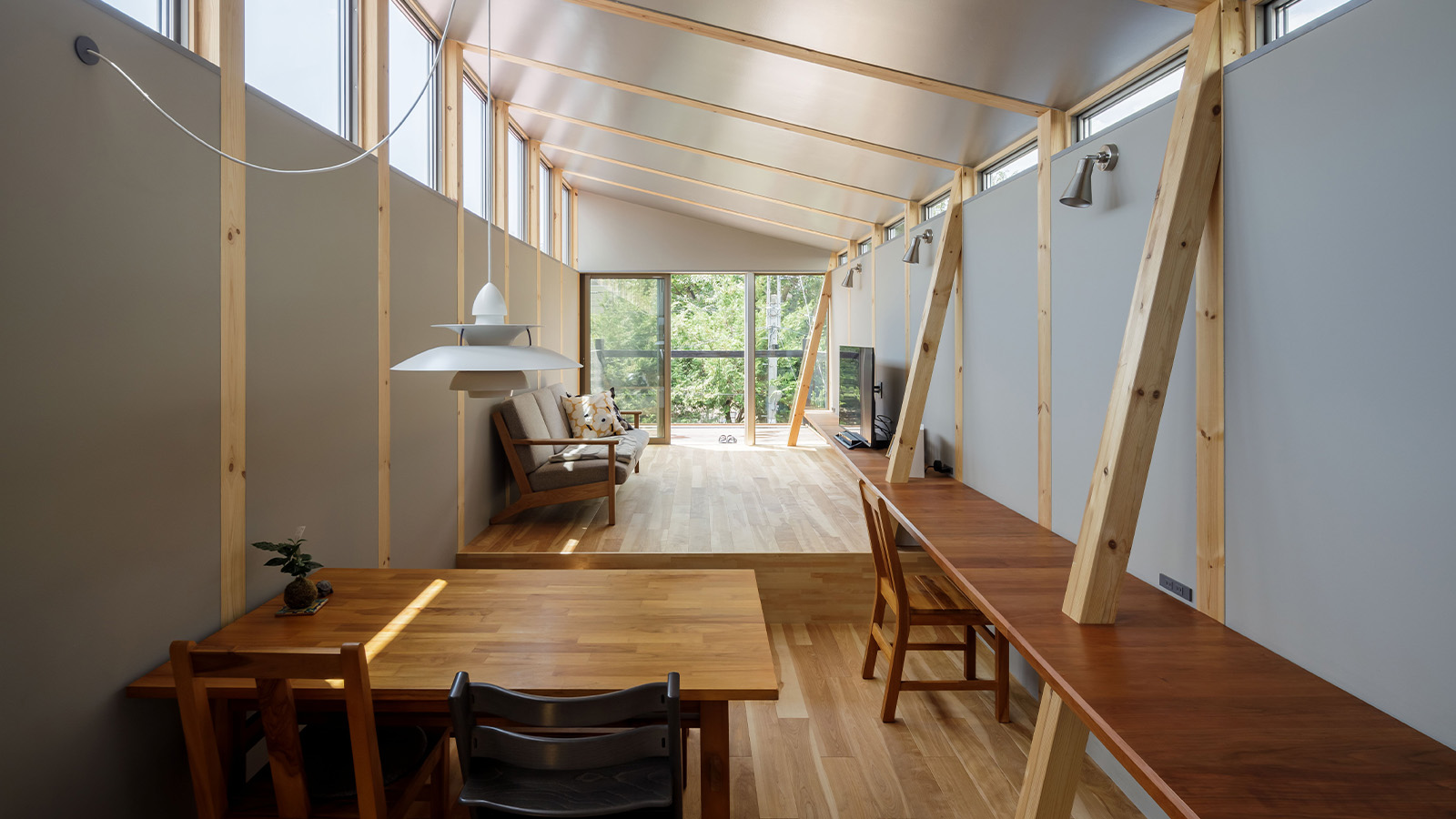 This Fukasawa house is a contemporary take on the traditional wooden architecture of Japan
This Fukasawa house is a contemporary take on the traditional wooden architecture of JapanDesigned by MIDW, a house nestled in the south-west Tokyo district features contrasting spaces united by the calming rhythm of structural timber beams
-
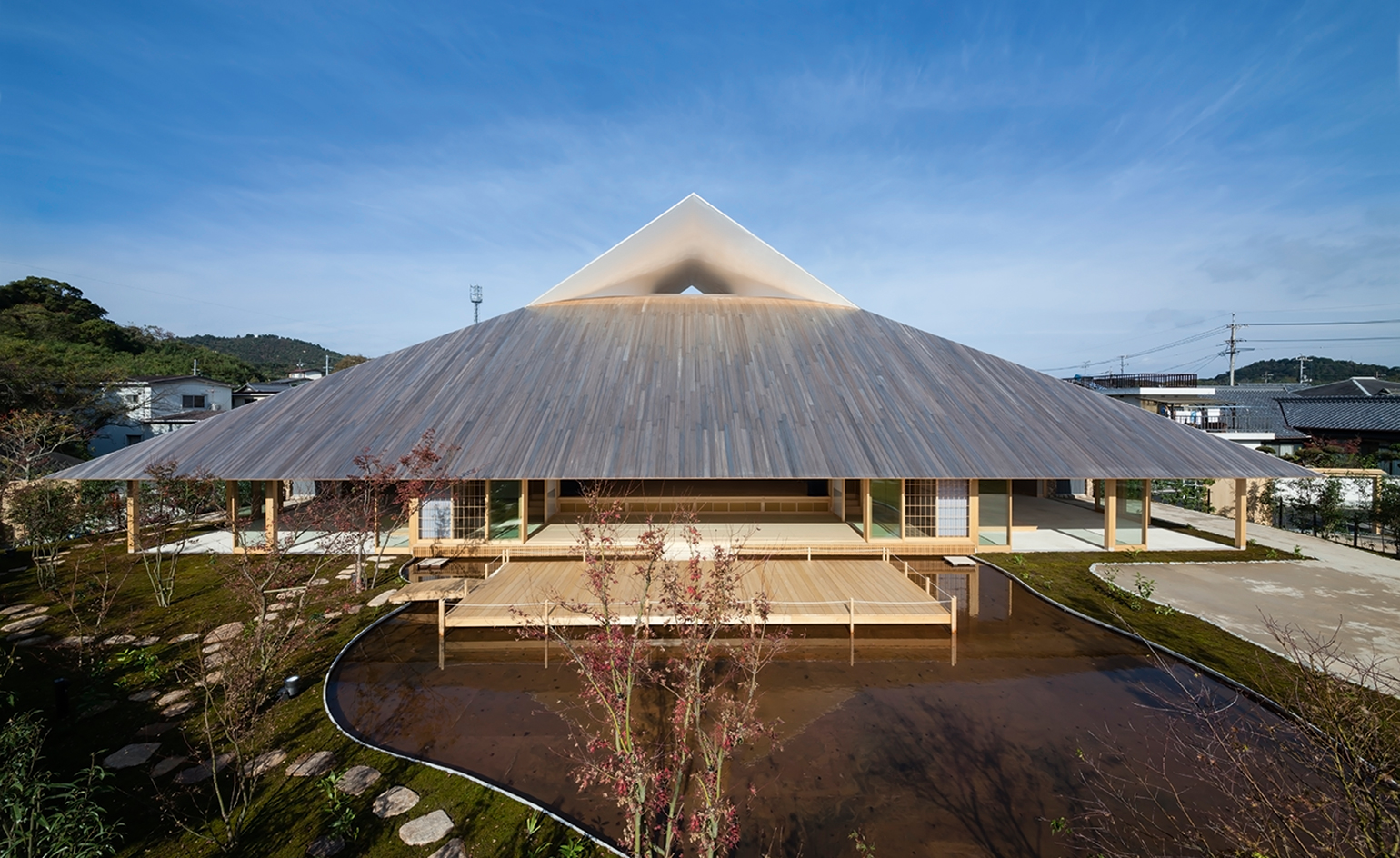 Take a tour of the 'architectural kingdom' of Japan
Take a tour of the 'architectural kingdom' of JapanJapan's Seto Inland Sea offers some of the finest architecture in the country – we tour its rich selection of contemporary buildings by some of the industry's biggest names
-
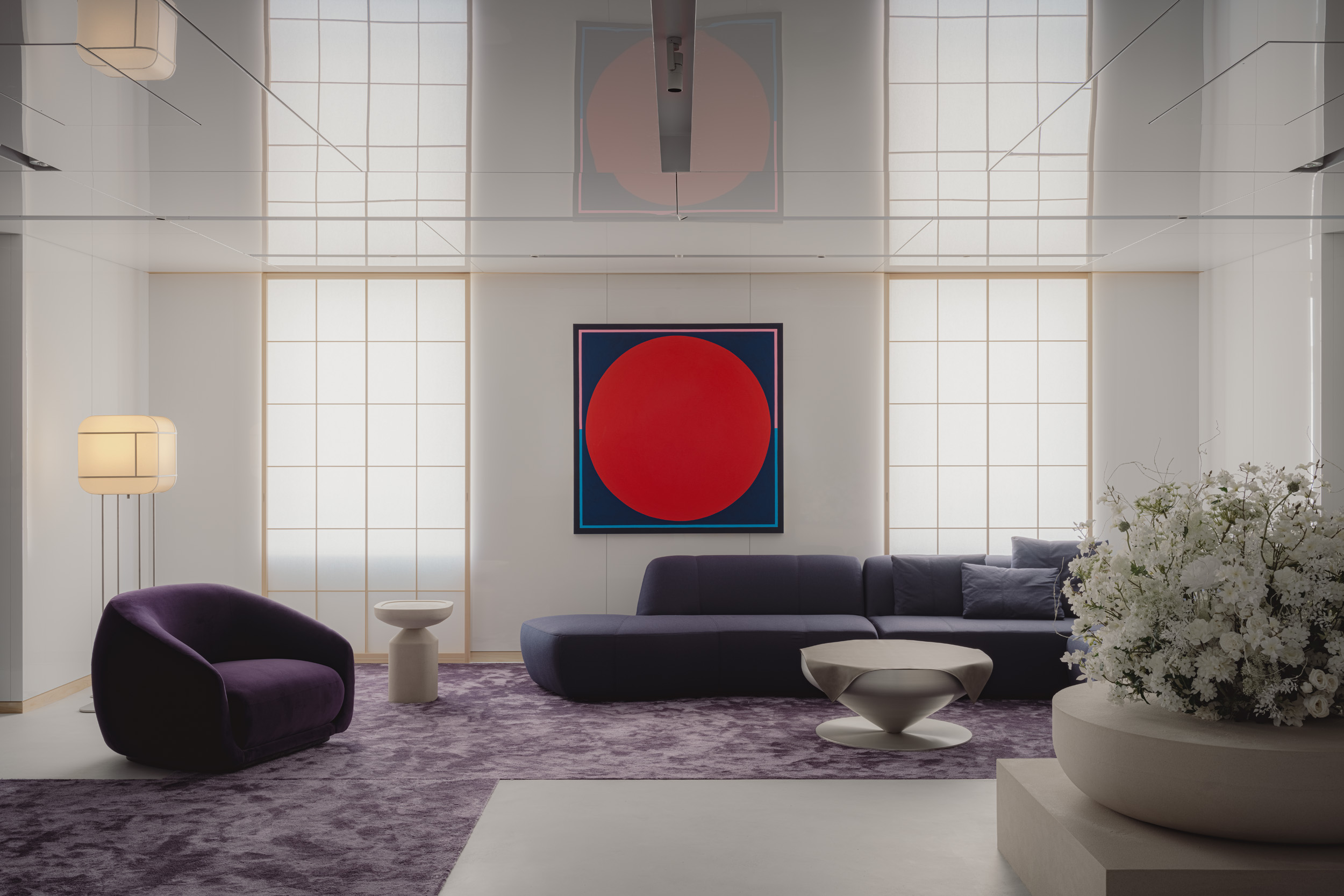 Matsuya Ginza lounge is a glossy haven at Tokyo’s century-old department store
Matsuya Ginza lounge is a glossy haven at Tokyo’s century-old department storeA new VIP lounge inside Tokyo’s Matsuya Ginza department store, designed by I-IN, balances modernity and elegance
-
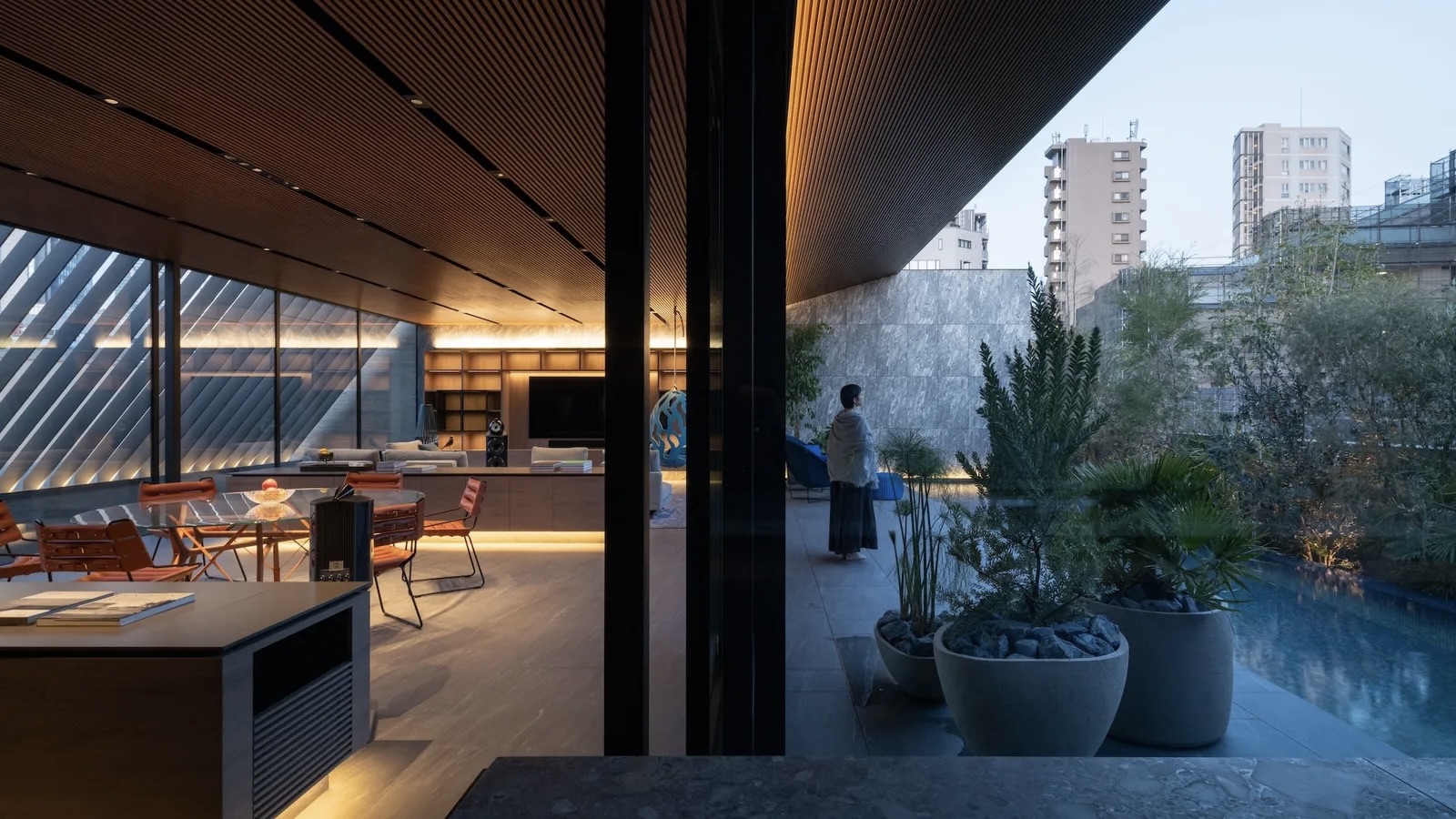 The Architecture Edit: Wallpaper’s houses of the month
The Architecture Edit: Wallpaper’s houses of the monthThis September, Wallpaper highlighted a striking mix of architecture – from iconic modernist homes newly up for sale to the dramatic transformation of a crumbling Scottish cottage. These are the projects that caught our eye
-
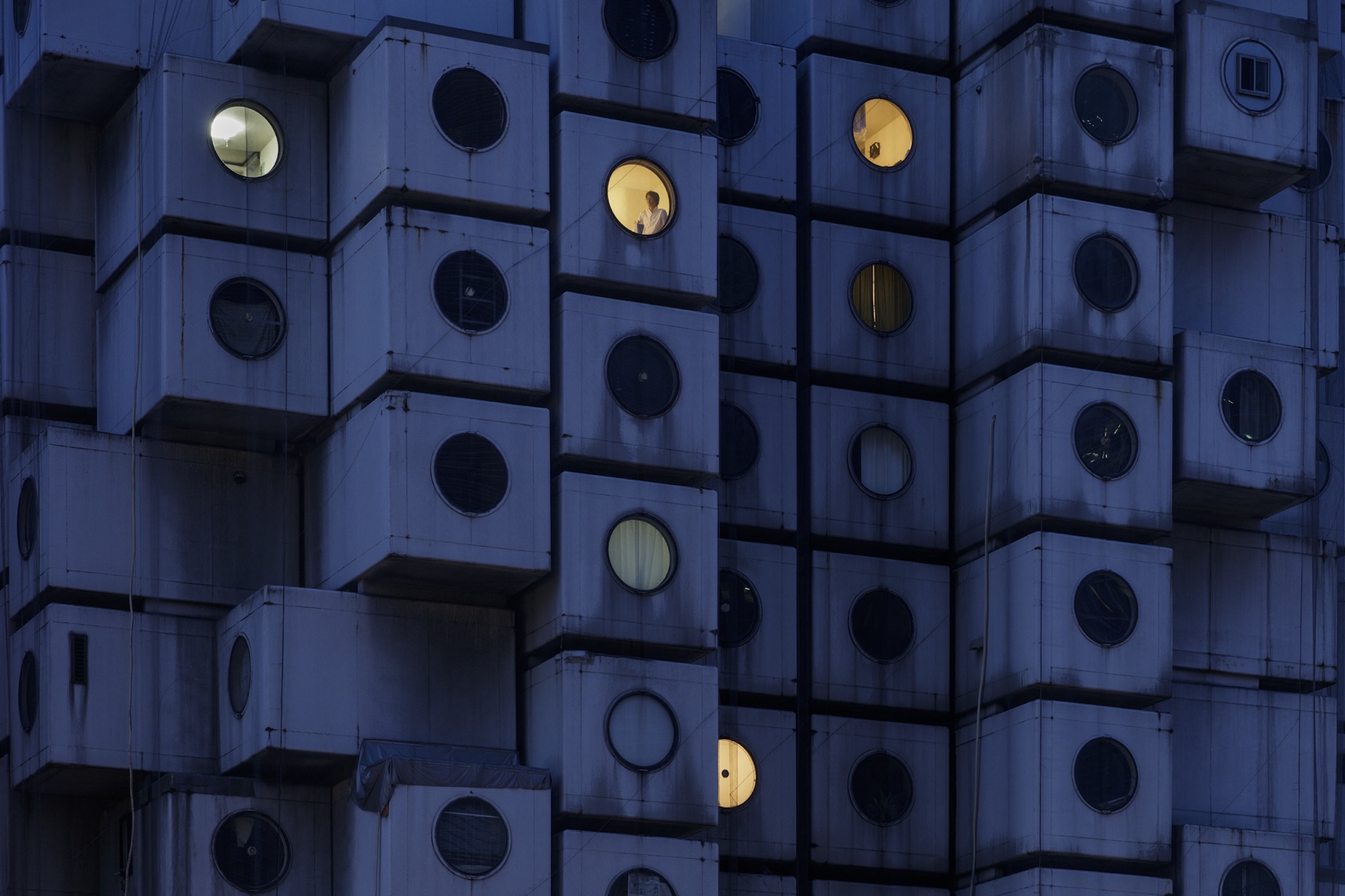 Utopian, modular, futuristic: was Japanese Metabolism architecture's raddest movement?
Utopian, modular, futuristic: was Japanese Metabolism architecture's raddest movement?We take a deep dive into Japanese Metabolism, the pioneering and relatively short-lived 20th-century architecture movement with a worldwide impact; explore our ultimate guide
-
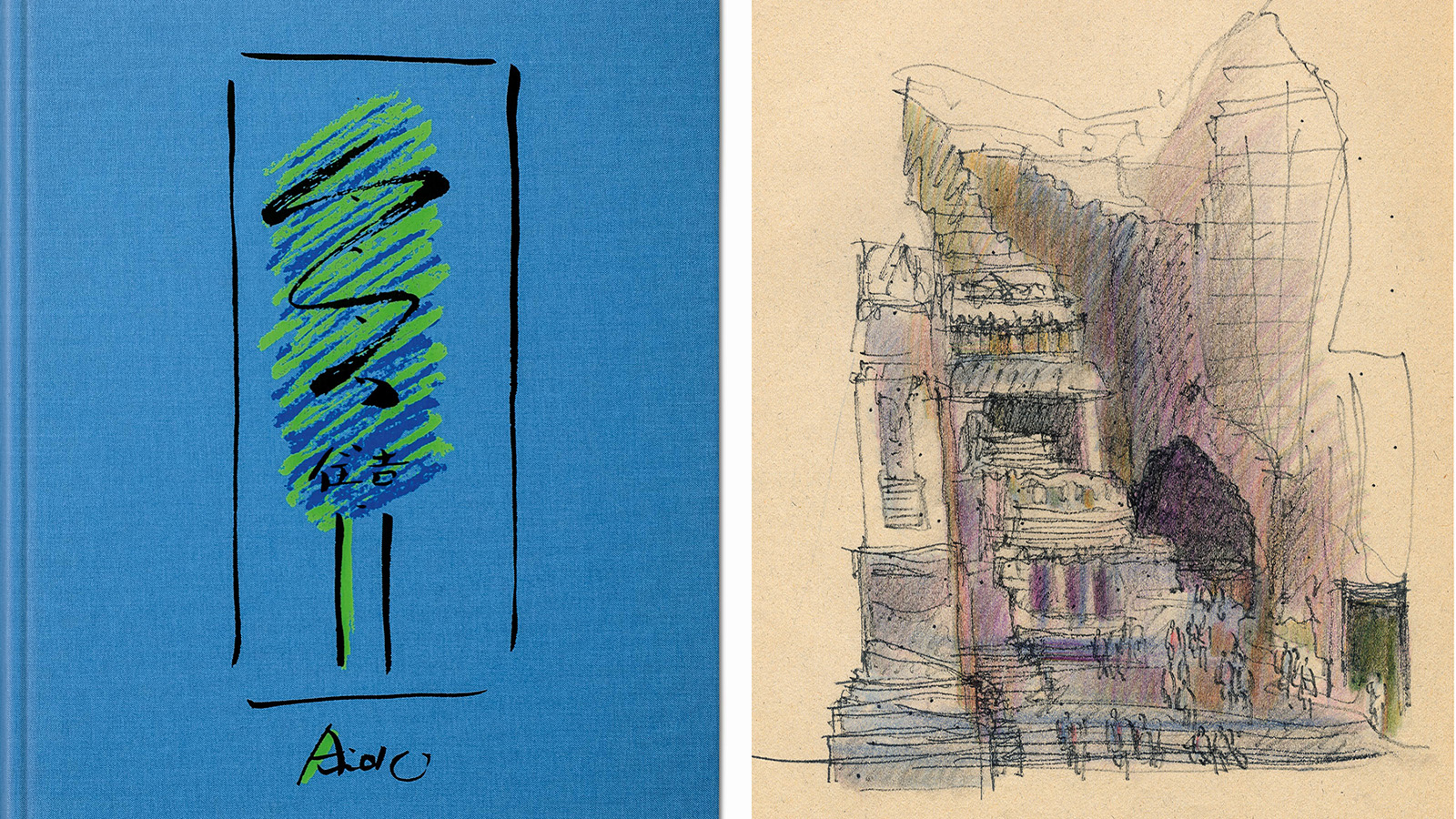 A new Tadao Ando monograph unveils the creative process guiding the architect's practice
A new Tadao Ando monograph unveils the creative process guiding the architect's practiceNew monograph ‘Tadao Ando. Sketches, Drawings, and Architecture’ by Taschen charts decades of creative work by the Japanese modernist master
-
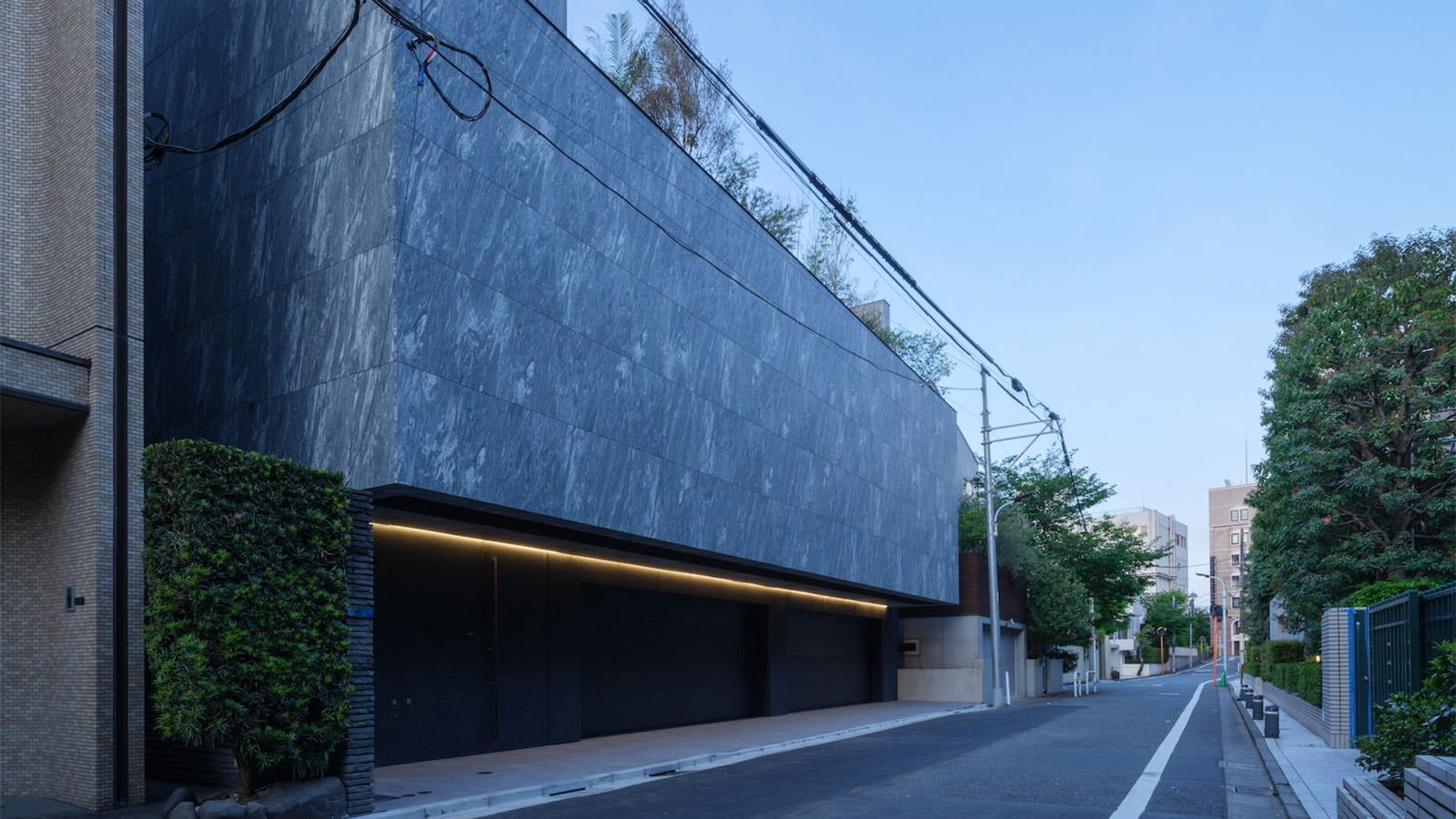 A Tokyo home’s mysterious, brutalist façade hides a secret urban retreat
A Tokyo home’s mysterious, brutalist façade hides a secret urban retreatDesigned by Apollo Architects, Tokyo home Stealth House evokes the feeling of a secluded resort, packaged up neatly into a private residence
-
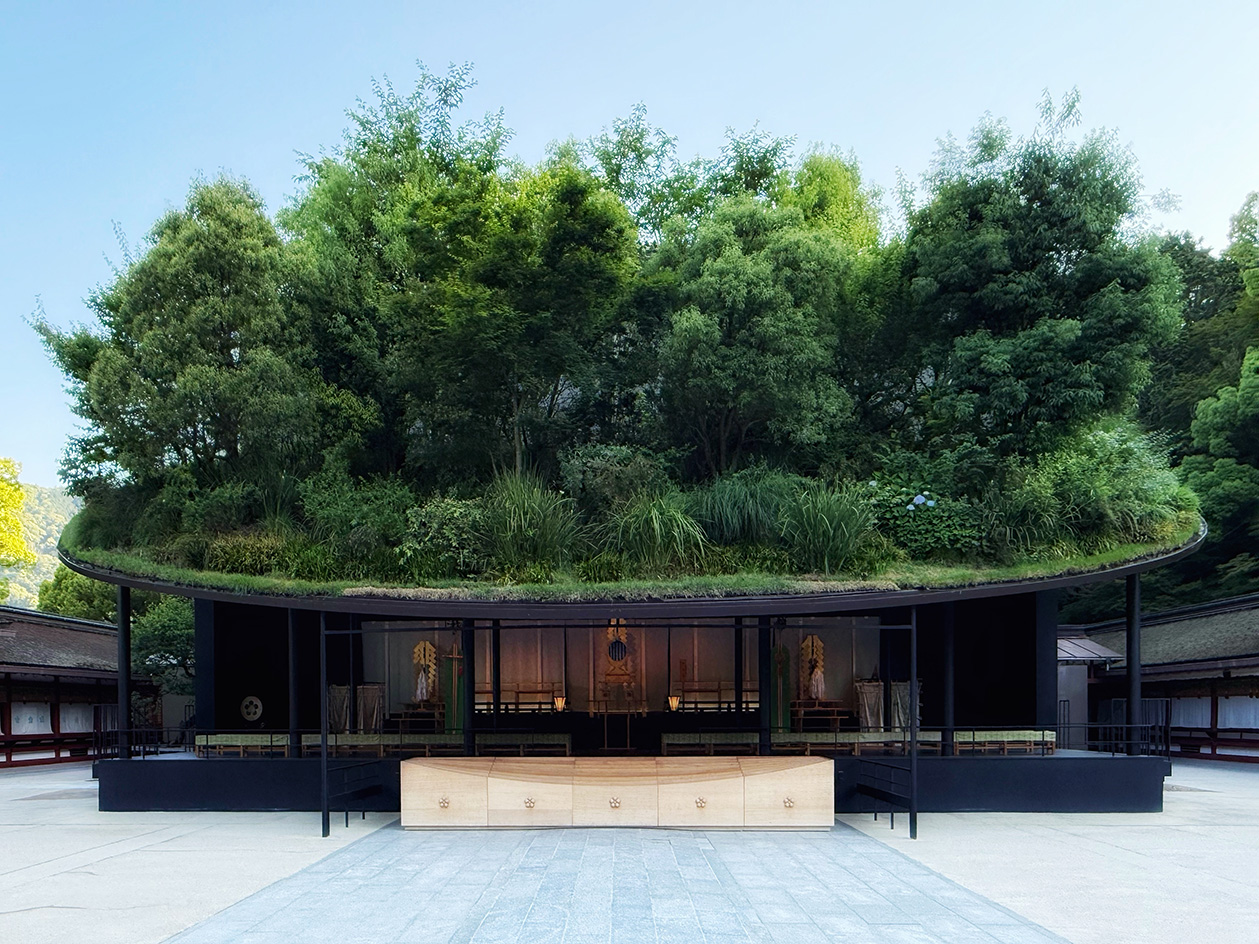 Landscape architect Taichi Saito: ‘I hope to create gentle landscapes that allow people’s hearts to feel at ease’
Landscape architect Taichi Saito: ‘I hope to create gentle landscapes that allow people’s hearts to feel at ease’We meet Taichi Saito and his 'gentle' landscapes, as the Japanese designer discusses his desire for a 'deep and meaningful' connection between humans and the natural world